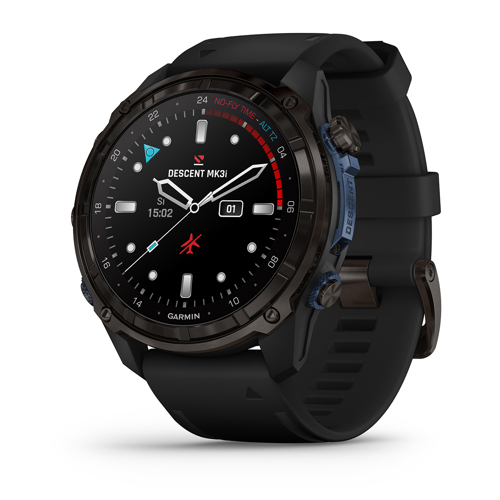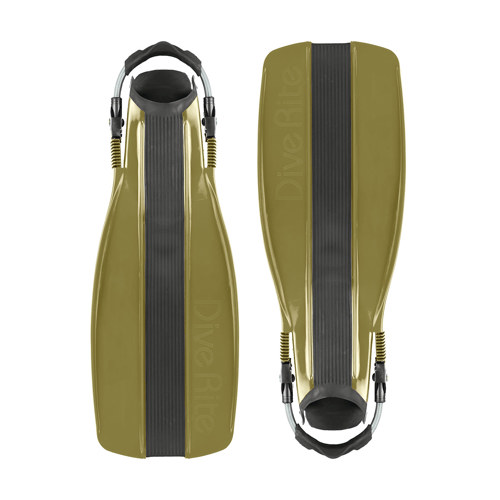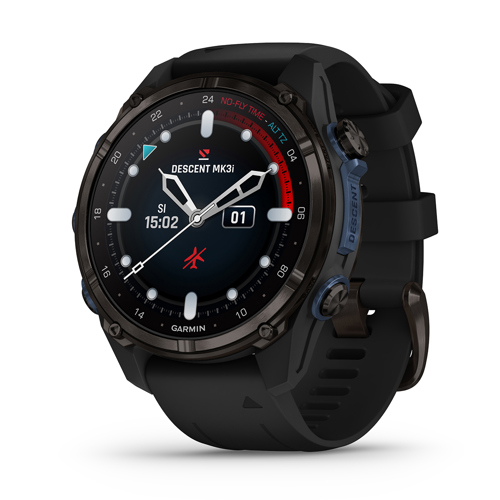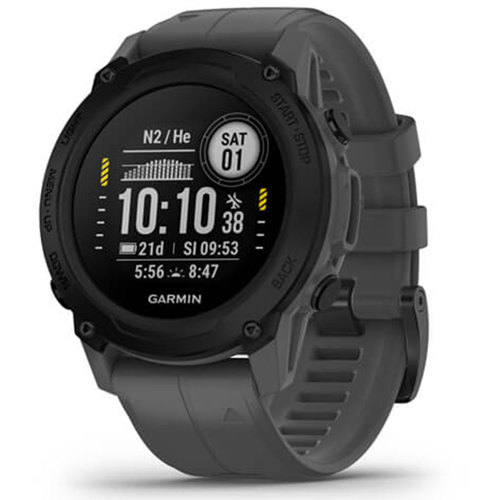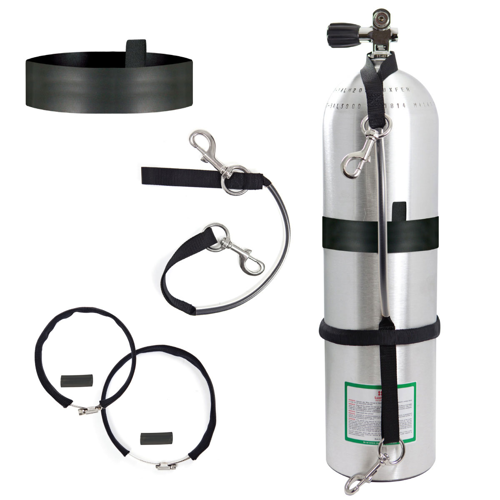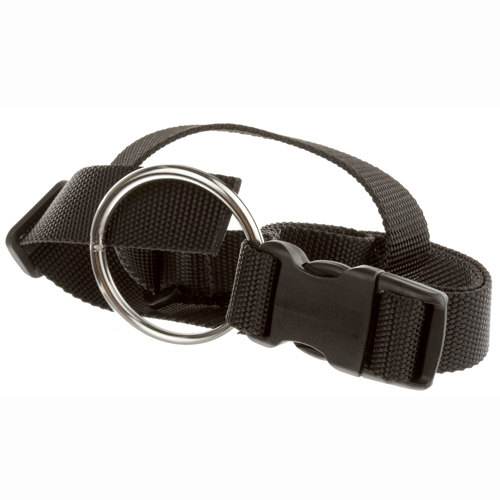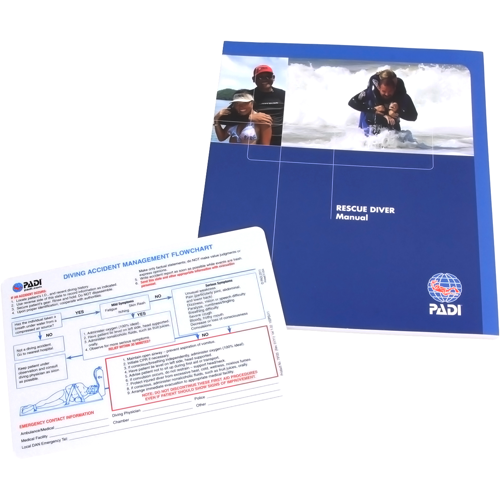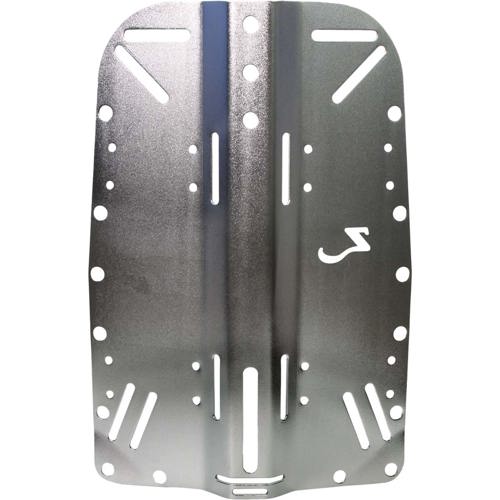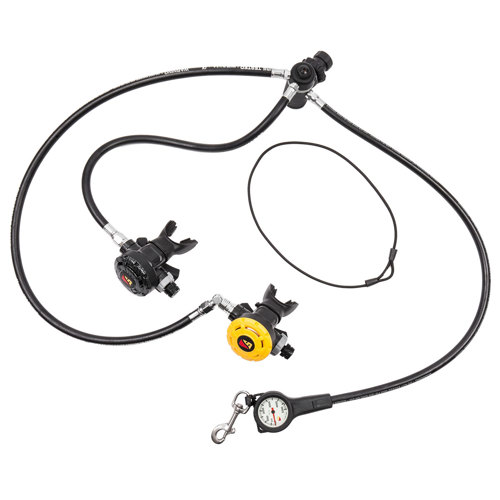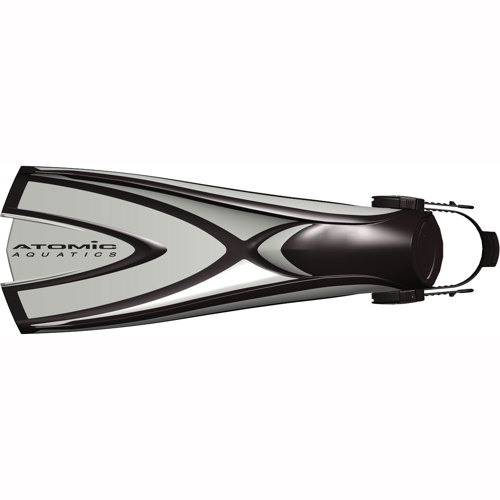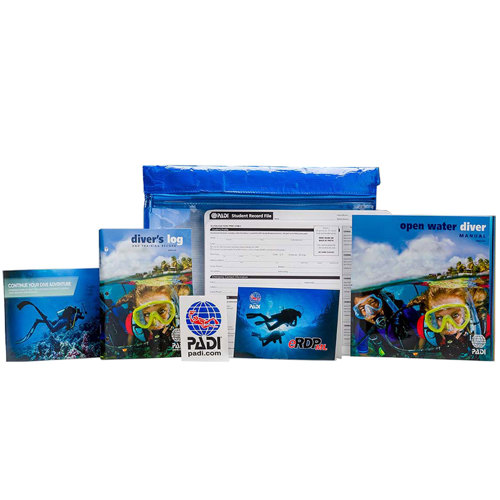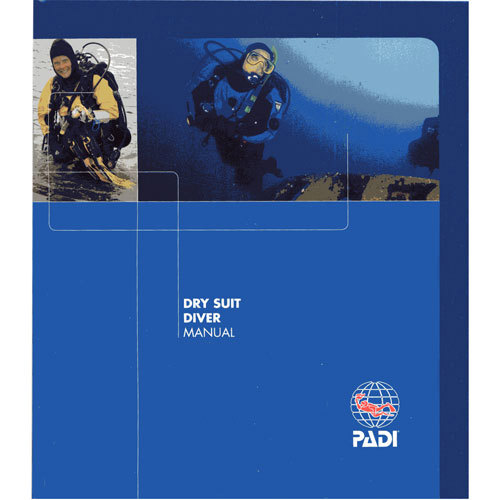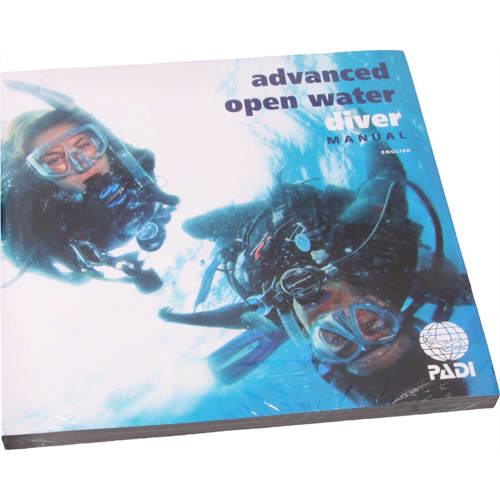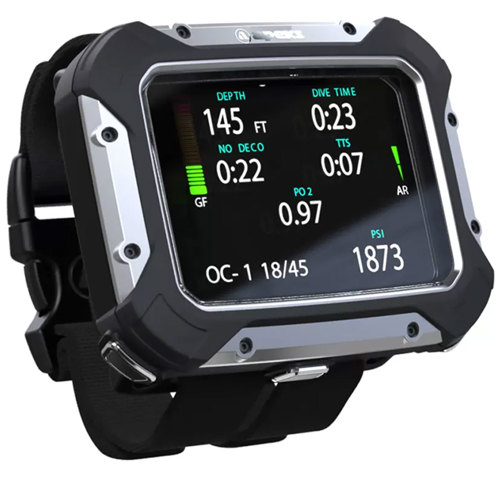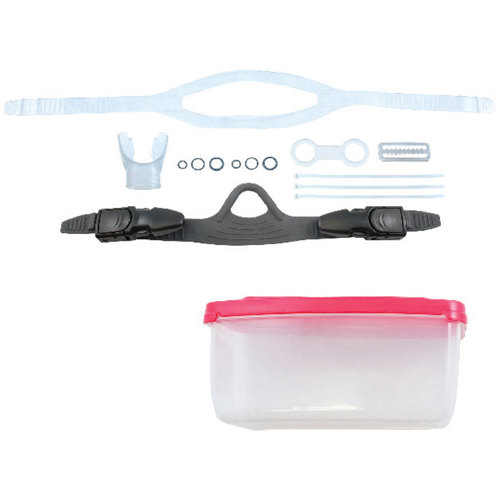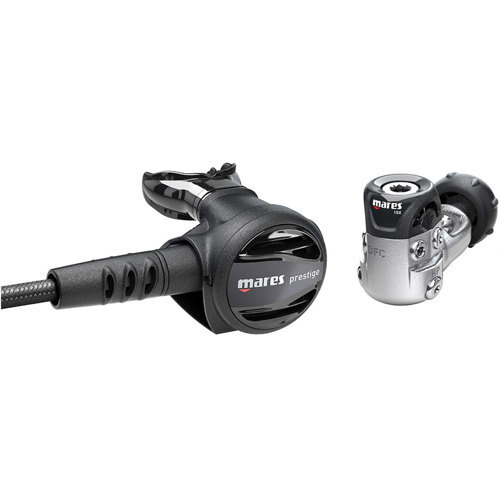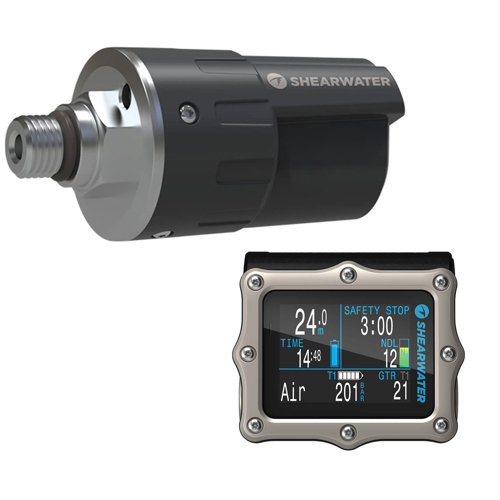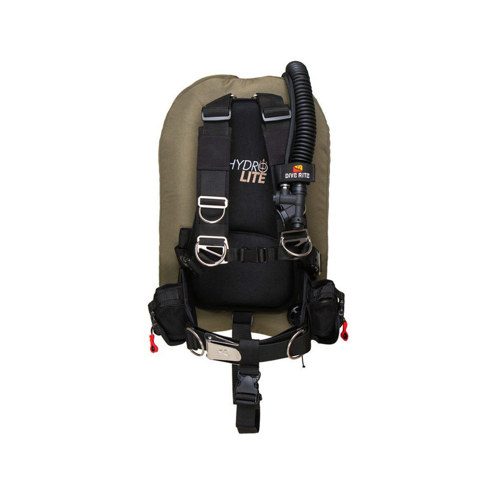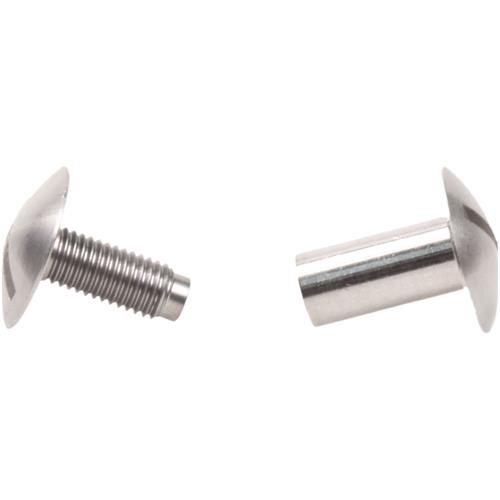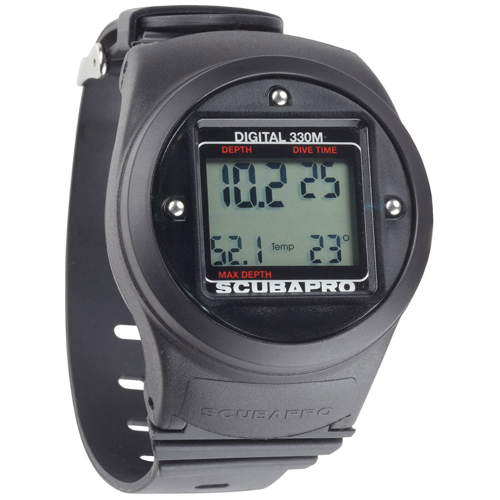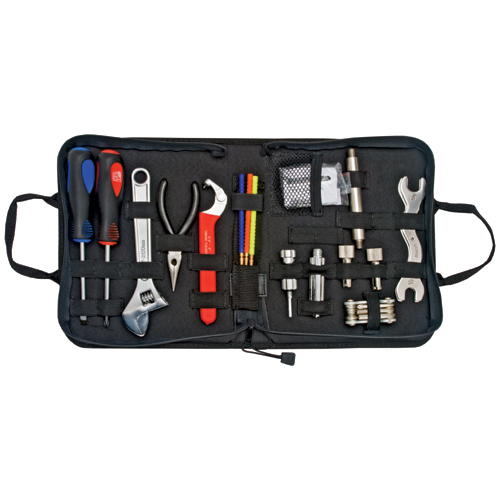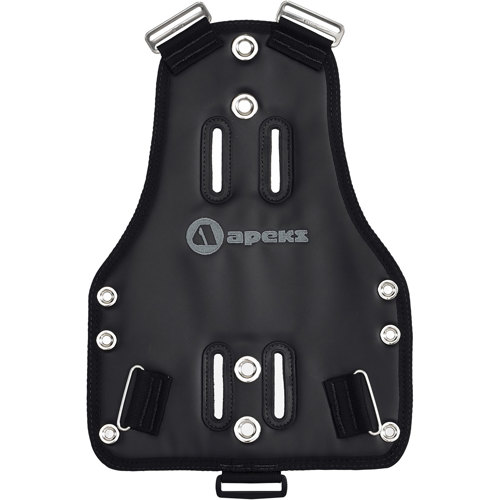Technical diving is a pursuit that demands both a meticulous mindset and a commitment to rigorous preparation, setting it apart from recreational diving in both scope and complexity. As autumn approaches and water temperatures begin to shift, divers who are advancing into the technical realm often find themselves reassessing their gear to ensure it meets the demands of deeper, longer, and more challenging dives. Technical diving preparation is not simply about acquiring more equipment; it’s about selecting and configuring gear that supports advanced skills, redundancy, and safety in environments where direct ascent is not always an option. From redundant gas supplies and specialized exposure protection to cutting-edge computers and precision buoyancy devices, every piece of equipment must work seamlessly together. Divers who pursue technical certifications—such as Advanced Open Water, Enriched Air (Nitrox), or more specialized technical courses—understand that gear selection is as much about reliability and compatibility as it is about personal fit and comfort. The process of building a technical setup is often gradual and highly personal, with each diver tailoring their configuration to match their training, experience, and the specific demands of their planned dives, whether that means exploring deep wrecks, navigating cave systems, or managing extended decompression stops.
When considering technical diving gear, it’s essential to think beyond the basics. Redundancy is a cornerstone of technical diving safety; this means investing in backup masks, multiple dive computers, and dual gas supplies—typically in the form of twin tanks or sidemount setups. Seasoned divers know that the smallest detail can make a difference when you’re hundreds of feet below the surface, so they pay careful attention to the durability of their exposure protection, the reliability of their regulators, and the clarity of their underwater communication tools, such as slates or wetnotes. For those who are building their kit or looking to upgrade, autumn is an ideal time to review and refresh equipment, as the cooler months often bring new dive objectives and changing environmental conditions. Technical diving gear can also make a thoughtful gift for the experienced diver in your life—whether it’s a robust backup light for deep penetrations or a streamlined harness system for improved trim and comfort. Many divers recall their first technical setup as a milestone, a tangible sign of their progress and dedication. It’s not just about having the right tools; it’s about the confidence that comes from knowing you’re prepared for the challenges and rewards of advanced diving. For a comprehensive overview of what’s involved in getting ready for deeper adventures, you can find more detailed advice and planning resources at
Preparation For Deep Dives.
Technical diving is as much a team endeavor as it is a personal journey. Effective preparation involves not only individual skill mastery—like buoyancy and trim control, advanced propulsion techniques, and emergency procedures—but also seamless teamwork and communication. Many technical divers spend months or even years refining their skills, logging dives in a variety of conditions, and practicing equipment handling until it becomes second nature. Physical and mental fitness play a significant role, too; regular cardiovascular training and stress management are as important as equipment checks and dive planning. As the diving season shifts into autumn, it’s a good time to review your dive plans with your team and surface support crew, ensuring everyone is familiar with protocols for gas management, decompression stops, and emergency contingencies. The right equipment supports not just your safety, but also your ability to focus on the exploration and camaraderie that make technical diving so rewarding. Whether you’re assembling your first technical rig or fine-tuning a seasoned setup, the process of preparation is ongoing—a blend of knowledge, experience, and the right gear, all working together to open up new underwater frontiers.

